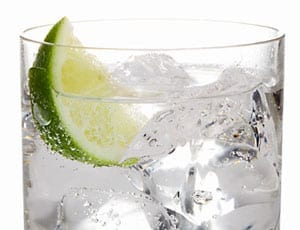Pompous “drinks scientist’s” claims of discovering how to make “the perfect gin and tonic” are utter tosh
There are many ways to make a gin and tonic. I like mine served in a heavy tumbler with ¾ gin, ¼ tonic, lots of ice and no garnish. I like Beefeater as an everyday gin and opt for Martin Miller’s, No. 3 and others such as Langley’s and Gilpin’s. When I feel adventurous, I sometimes turn to more exotic gins such as the newly launched VII Hills gin. I am very particular about what I like but equally I respect those who like their gin served in an entirely different way.
When, yesterday, I was sent a Metro article about someone named Stuart Bale having discovered “how to make the perfect gin and tonic”, I was astounded. My first thought was “what utter tosh” and my second was who paid for this pompous statement to be made?
It turns out the “scientific study” was conducted on behalf of a gin brand named Gin Mare and involved Bale making 120 G&Ts with 120 different garnishes. His main findings were that gin is best served in a balloon glass (I don’t object to that), that plenty of ice should be used (I don’t object to that either) and that mango is the best fruit to accompany the drink as a garnish (I am far from convinced).
Gin Mare is a Spanish gin and it is quite different to the traditional gins most drink in Britain. It is a gin that has a dominant taste of basil and thus may well work best with mango. This does not mean that this is the route to “the perfect gin and tonic” however. The “best gin and tonic” is a simple thing: It’s the gin and tonic you like best.
Subscribe to our free once daily email newsletter here:
